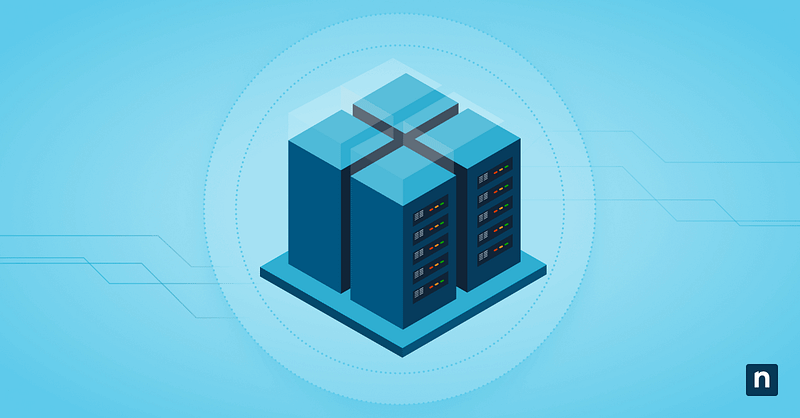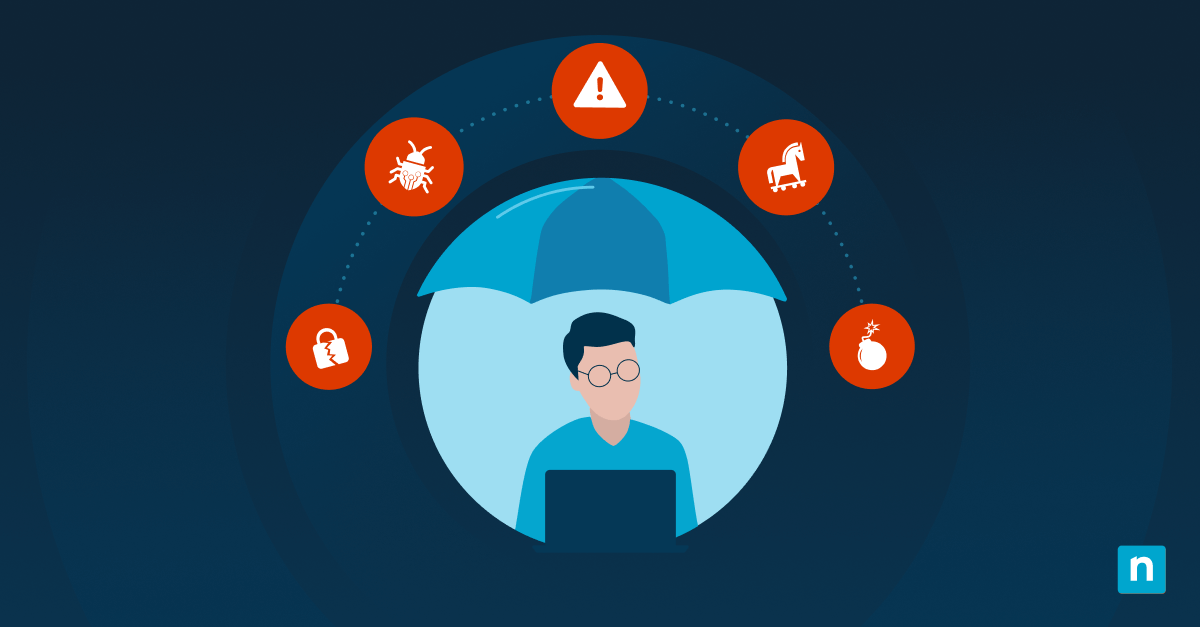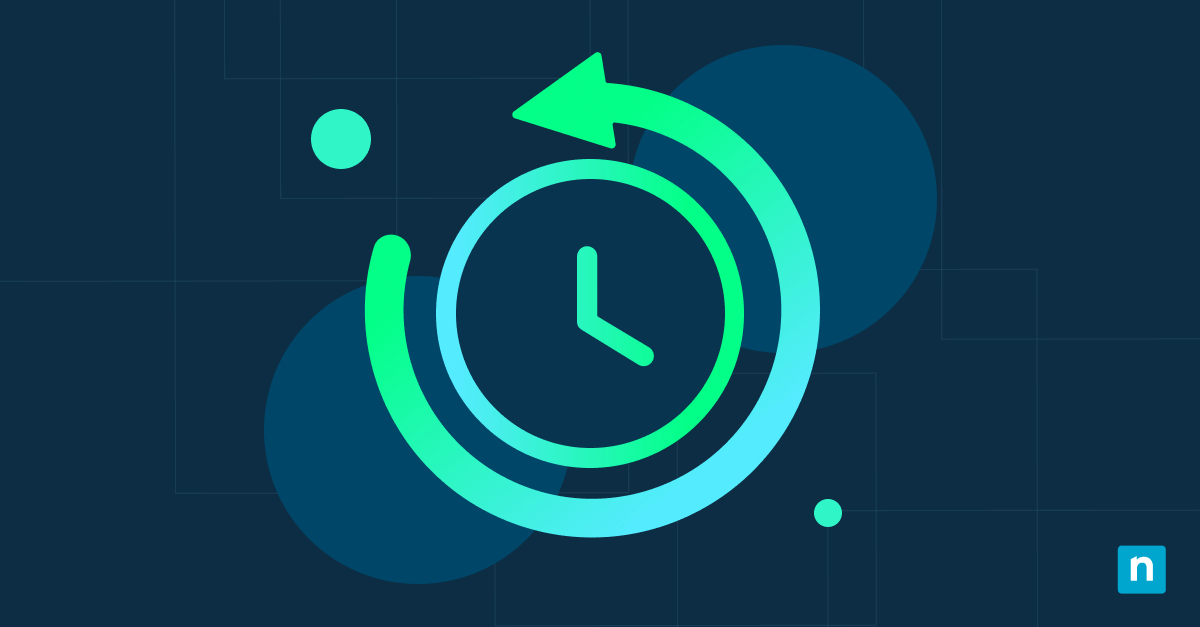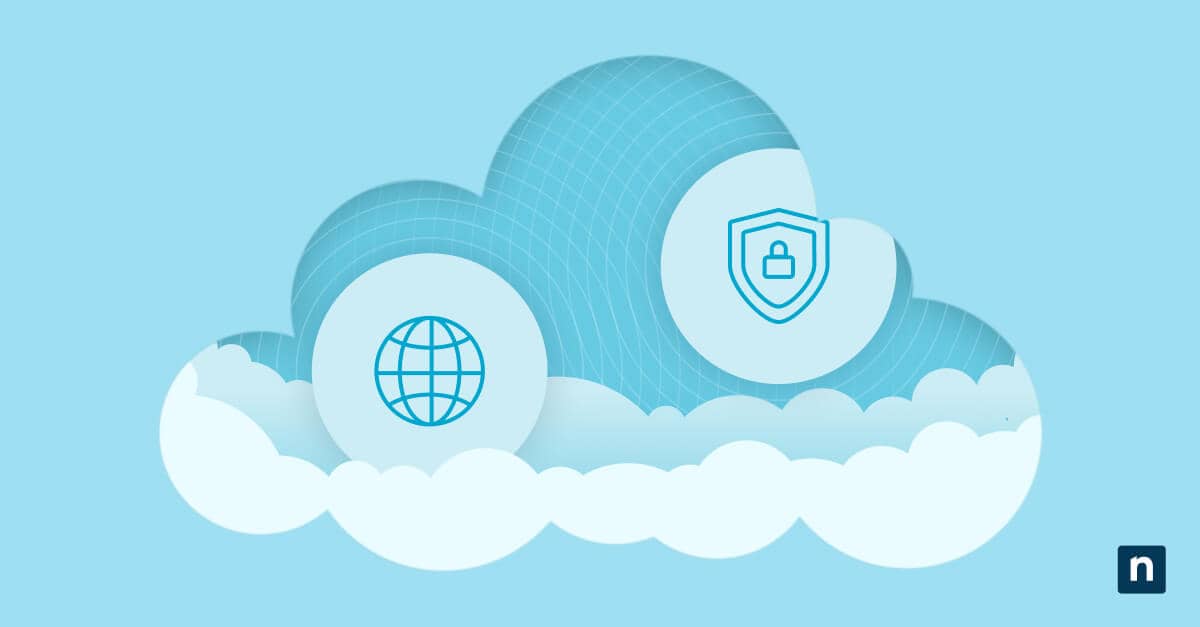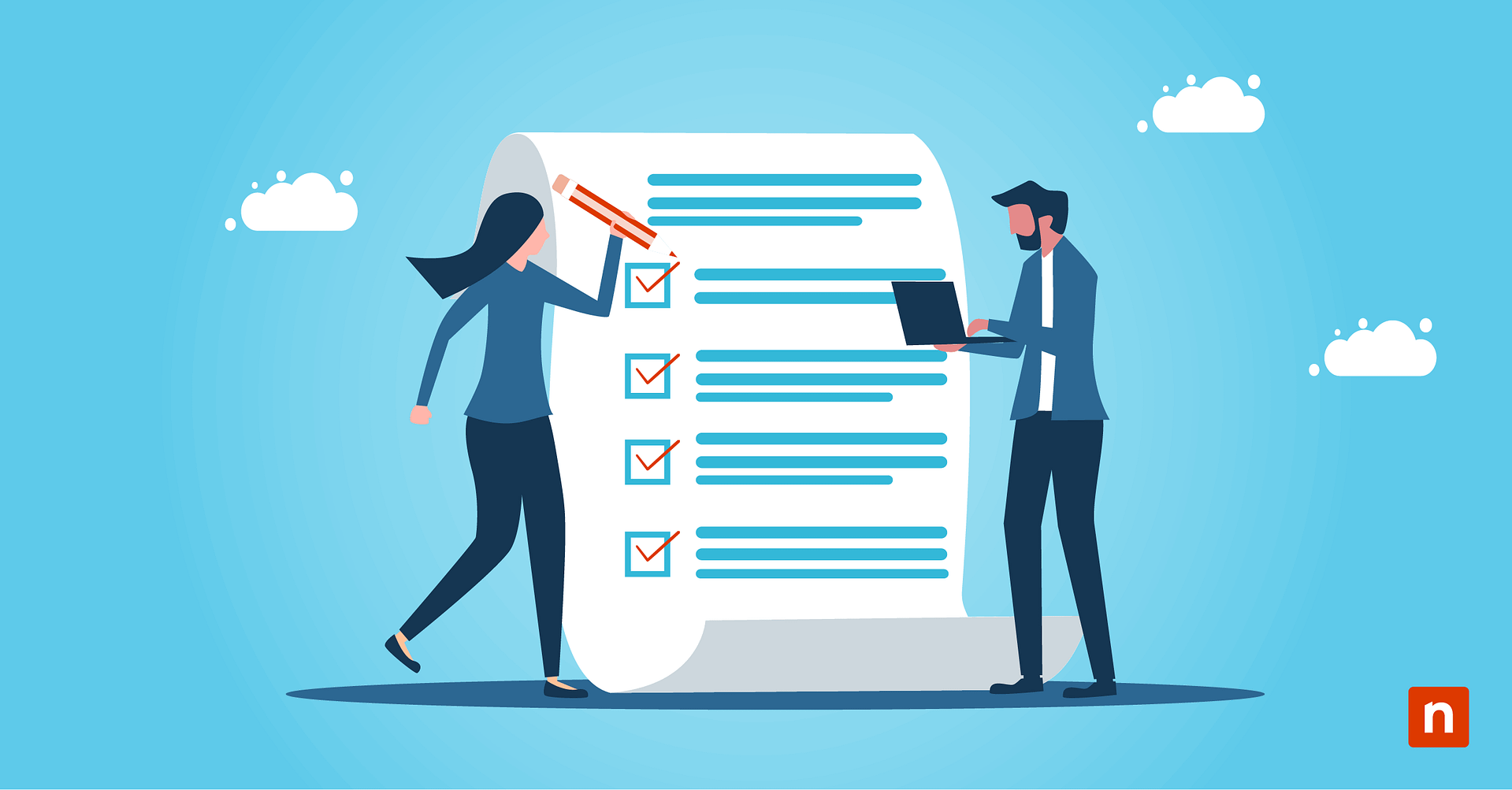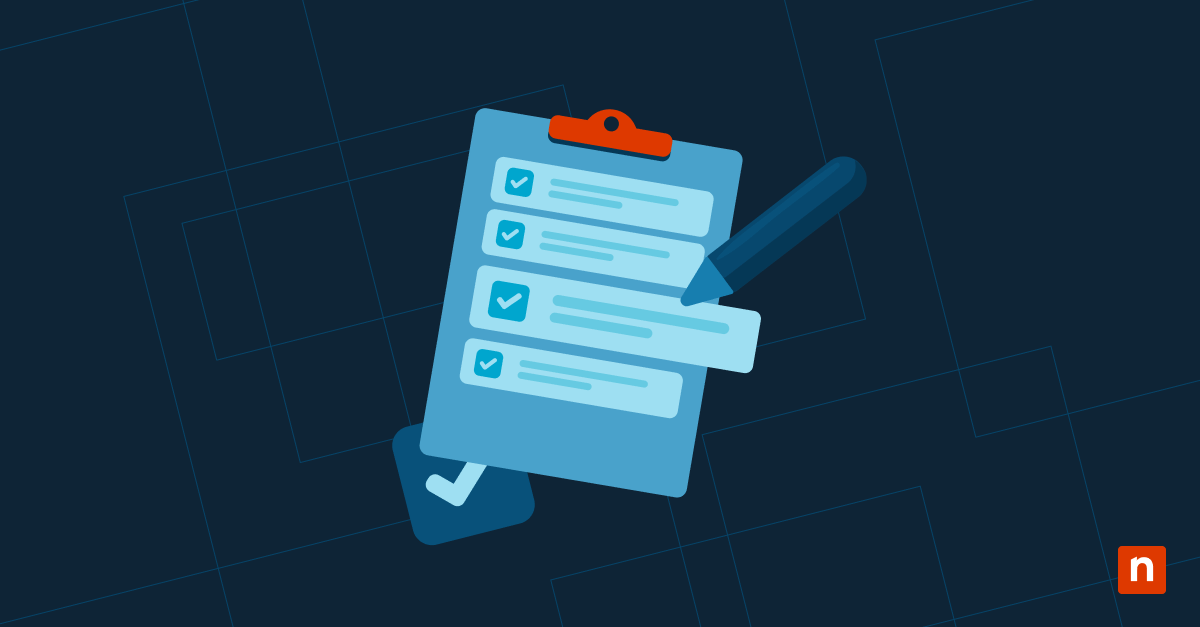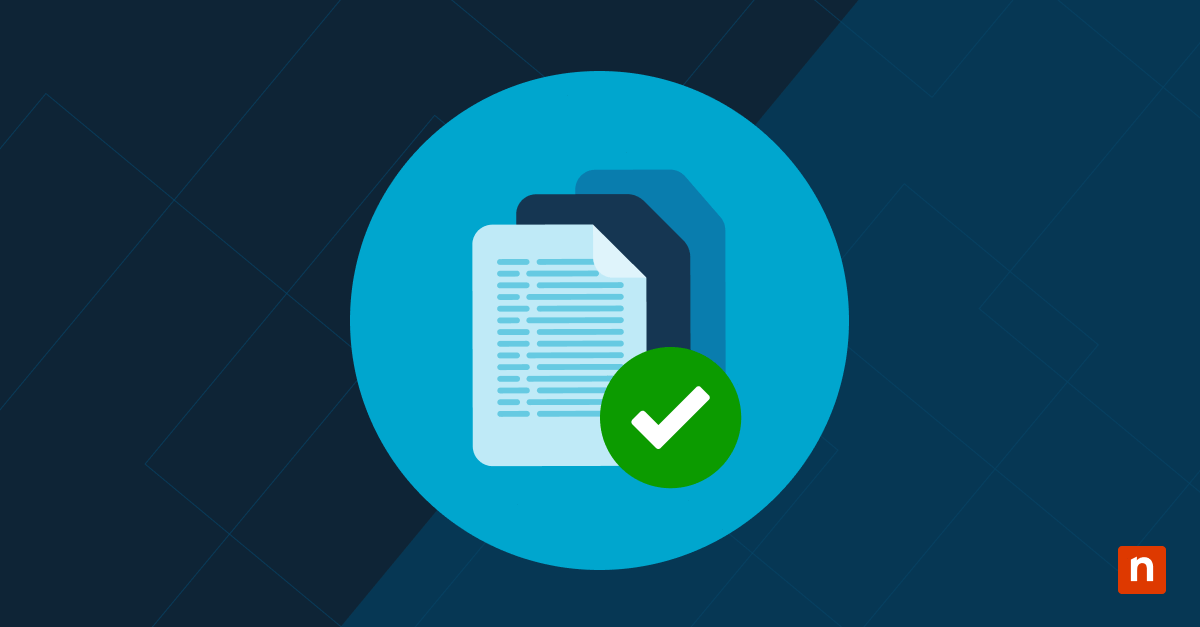Running low on space where it matters most? If your Windows 11 system drive (usually C: drive) is filling up, moving some of your installed Microsoft Store apps to another drive, like D: or an external drive, can be a game-changer.
Windows 11 provides a built-in way to relocate apps, freeing up valuable SSD space for your system. This isn’t just about decluttering; it helps organize apps by type, potentially boosts performance by using faster secondary drives, and extends the usable life of smaller SSDs in older laptops or budget devices.
In this guide, you’ll learn exactly how to move apps to another drive in Windows 11 via the Settings app, helping you take control of your storage efficiently.
Methods for moving apps to another drive using Settings
This is a pretty simple task. But, before we proceed with how to move an app from one drive to another, here are a few things to keep in mind for a smooth process:
- App type matters: Only Microsoft Store (UWP) apps can be moved this way. Traditional desktop programs (.exe installers) won’t appear in the move menu.
- Drive format: Your target drive (like D: or external storage) must be formatted as NTFS. Due to permission requirements, FAT32/exFAT drives won’t work.
- App compatibility: Not all Store apps support relocation. System tools like Xbox or the Microsoft Store itself usually stay locked in the C: drive.
- Drive connection: Ensure the destination drive is connected and visible in File Explorer.
- Administrator rights: Some methods below will only work if you have administrator privileges, especially in workplace settings.
Method 1: Move apps using Settings (recommended)
Ready to move an app to a different drive? Windows 11 makes this straightforward through the Settings app.
Here’s how:
- Open Settings (press Win + I).
- Select Apps, then click Installed apps.
- Look for the app you want to move by scrolling the list or using the Search bar.
- Click the three-dot menu (⋯) next to the app.
- Click Move, if available.
- If it is unavailable or grayed out, it could mean:
- The app is not a Microsoft Store (UWP) app. See Troubleshooting below to fix this.
- Choose the target drive from the dropdown menu (for example, D:, E:, or an external NTFS drive).
- If the drive you seek is not shown, it’s probably not NTFS formatted.
Note: FAT32/exFAT drives won’t work due to permission requirements.
- If the drive you seek is not shown, it’s probably not NTFS formatted.
- Click Move again to confirm.
The app will now be relocated to the selected drive. You need not worry about app launch and behavior changes, as they will remain the same. You can verify that the app is in the new location through Settings > Apps > [App name] > Advanced Options > Install location.
Method 2: Set the default install location for new apps
This approach is for new apps you want automatically installed elsewhere. It will set a new default drive in Windows 11, saving time from moving it after installation.
- Open Settings (press Win + I).
- Click System, then select Storage.
- Under Storage management, click Advanced storage settings.
- Select Where new content is saved.
- Click the dropdown menu under New apps will save to:
- Choose your target driver (for example, D:, E:, or an external NTFS drive).
- Click Apply.
Future Microsoft Store apps should install directly in the new drive location. Existing apps will stay in the original drive until you manually move them (refer to Method 1).
Key considerations when moving apps
Here are some tips and practical insights before you move apps to another drive in Windows 11.
Not all apps can move
Core system apps, like those in the Microsoft Store and Xbox, and some third-party tools block relocation. The Move option will be grayed out as a clue. To move the app to another drive, you can choose to uninstall it and then reinstall it on another drive (see Troubleshooting).
Drive dependency
If you remove the target drive (i.e., unplug drive D:), the apps you moved to it will become inaccessible until reconnected. Plan your storage allocation properly to ensure the apps you need daily are accessible.
Data and settings stay intact
User profiles and preferences usually migrate seamlessly, but always back up critical apps (such as note-taking tools) before moving.
Troubleshooting common issues
If you run into trouble while moving apps, here’s how to fix the usual hurdles you may experience:
The Move button is grayed out
The common cause of this problem is that the app doesn’t support relocation. You can fix this issue by:
- Uninstall it, then reinstall it on another drive.
- Set the default location where new apps will be installed automatically (refer to Method 2).
- Alternatively, you can use Disk Cleanup (search cleanmgr in Start) to free up space in the C: drive.
An error pops up when attempting to move an app
The issue occurs when a “We can’t move this app” or a similar message appears. Before attempting to move an app:
- Check if the target drive is NTFS-formatted, not exFAT/FAT32.
- The drive needs free space twice the app’s size (for example, 20 GB free for a 10 GB app).
- The drive has no issues. You can run chkdsk D: /f in Command Prompt (Admin).
The app won’t launch after moving
If the app keeps failing to launch after moving it, do the following:
- Restart your PC.
- Reset the application. Go to Settings > Apps > [App name] > Advanced Options > Repair.
- If it is still broken, uninstall it and then reinstall the app directly on the target drive.
Insufficient permissions error shows up
To fix this error, do the following troubleshooting:
For home users:
- Press Win + R, then type ms-settings:appsfeatures.
- Right-click Settings, then select Run as administrator.
For work/organization devices:
- Contact your IT team since Group Policy may block access to moving apps.
Easily move apps to manage storage
Running low on system drive space can slow everything down. Thankfully, Windows 11 lets you move apps from one drive to another, freeing up space and optimizing performance. While not every app supports this, it’s useful for most Store apps.
Remember to use Settings > Apps to relocate existing apps or Storage settings to redirect new installs. Always ensure your target drive is NTFS-formatted, as well. Don’t worry if some apps resist moving; focus on what you can control. Reclaim and organize your digital workspace with this guide.

